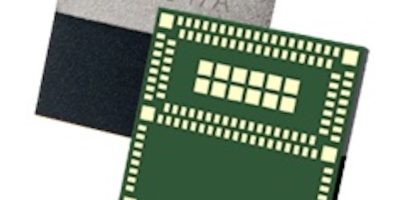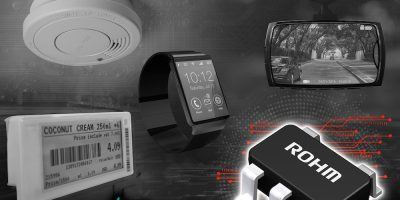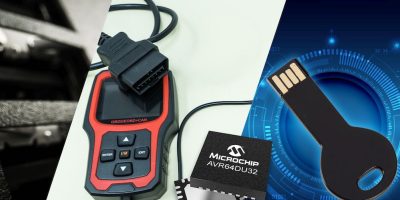Insight SiP has launched its ISP5261 Wi-Fi 6 module at Embedded World 2024. This module acts as a fully functioning Bluetooth LE and Wi-Fi radio node, capable of a long autonomous operation on battery power. It can form the core of an autonomous IOT device requiring Bluetooth LE and Wi-Fi connectivity.
This device offers integration and miniaturisation of RF technologies, using System in Package technology. The device also benefits from Insight SiP’s proprietary “Antenna-in-Package” techniques.
The module is based on NXP Semiconductors RW612 single-chip Wi-Fi/Bluetooth LE/802.15.4 Wireless MCU System on Chip (SoC). The module integrates a 32-bit ARM Cortex-M33 CPU running at 260 MHz, additional 4 MB of QSPI flash memory, 1.2 MB SRAM as well as analog and digital peripherals. Its powerful processor and ample memory permit this module to be used as the core of a sophisticated IOT application.
Despite the small size of 12 x 12 x 1.8 mm, the module integrates decoupling capacitors, 40 MHz crystal for Wi-Fi and Bluetooth LE and 32.768 kHz crystal for low power timing, DC-DC converters, RF matching circuits and a dual-band (2.4 and 5 GHz) antenna. This module thus offers class leading performance and miniaturisation.
Low power consumption and advanced power management enable battery lifetimes up to several months on AA batteries. Wi-Fi communication is compliant with the Wi-Fi Alliance specifications for Wi-Fi 6 including the following protocols: IEEE 802.11ax/ac/n/a/g/b/e/i/k/v/w.
Bluetooth LE connectivity is compliant with Bluetooth 5.4, enabling Long Range communication. ISP5261 Bluetooth LE section can be used either in peripheral or central roles and can handle up to 16 simultaneous central/peripheral connections. Also supported are the Matter and Thread protocols, allowing easy internet access and support for SmartHome applications.
Security Features are prominent in the module, with an ARM TrustZone processor, and NXP Edgelock hardware security module, supporting Root of Trust, secure communication and update verification.







